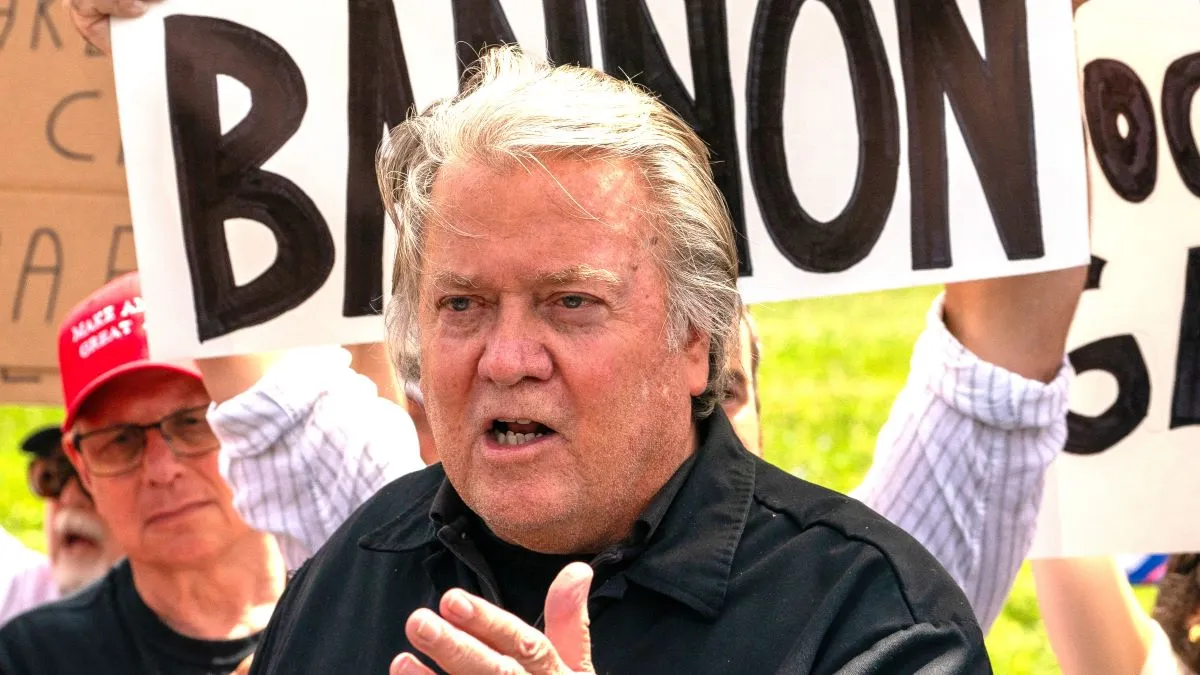Steve Bannon, a prominent figure in former President Donald Trump’s circle, has begun serving a four-month prison sentence at the Federal Correctional Institution in Danbury, Connecticut. His conviction stems from defying a congressional subpoena related to the investigation into the January 6 insurrection.
Upon his arrival at prison, Bannon, surrounded by supporters including Erik Prince and Representative Marjorie Taylor Greene, defiantly declared himself a “political prisoner.” Standing before a “Free Bannon” sign, he expressed pride in his actions, asserting that his supporters would amplify his message during his absence.
So, what was Steve Bannon convicted of?
Bannon’s legal troubles began when he refused to cooperate with the House of Representatives select committee, leading to his conviction on two misdemeanor counts of contempt of Congress in 2022. This makes him the first person since 1974, during the Watergate scandal, to face such charges. Previously Trump’s chief White House strategist, Bannon’s relationship with Trump soured over time, although it appears to have been reconciled to some extent.
His conviction has been hailed by the committee as a triumph for the rule of law, emphasizing accountability for those involved in the events of January 6 and condemning any obstruction of their investigation. During his trial, Bannon’s defense argued political targeting, citing supposed collusion between Democrats and prosecutors, but this defense was dismissed by the judge.
This isn’t Bannon’s first brush with legal issues. In 2020, he was pardoned by Trump for defrauding donors in a scheme related to Trump’s border wall promise. However, this time around, Bannon’s assertion of executive privilege under Trump’s administration did not shield him from consequences, highlighting the judiciary’s independence from political influence.


